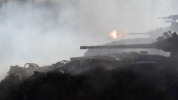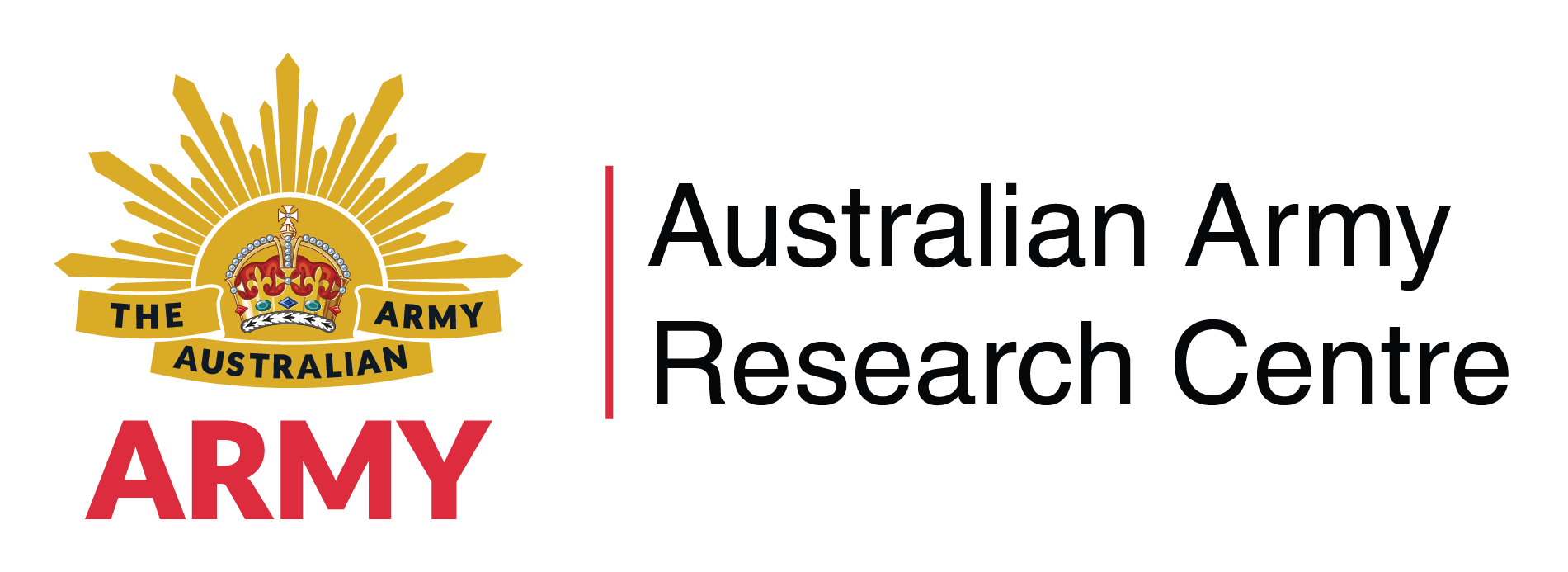Search
Using the filters to the left, click your selection, it will become bold and filter the results, click it again to remove that filter.
It’s great to see the humble subject of doctrine receive attention – and some innovative thoughts. In his recent post, David Caligari (/ rethinking-doctrine-an-opportunity-to-bring-doctrine-delivery-into-the ) presents a convincing argument for adopting a wiki-style approach to doctrine presentation. He points to the real strengths of this approach – fast updates, flexibility, greater consistency across publications and clear provenance for each ‘article’. We’d assume any official use of that kind of …
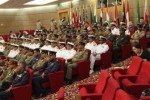
The Army has value. As a national institution, few rival the place of the Army in the nations psyche. This pride of place remains a source of strength for the Army and ADF, binding our people to our military through a national story of courage, mateship and sacrifice. This is a position of great privilege but as James Brown high-lights , it is also a burden that obscures a deeper meaning of land power [1] . The national view of the Army is not a story of land power and the role of the land force in …
As Daesh’s so-called ‘Caliphate’ continues to fracture in the Middle East, Australia and its neighbours must be prepared for further attacks like Marawi in South East Asia (SEA). Australia needs to shift its focus back to SEA and lead a regional Information Operations campaign to combat Daesh. As the Daesh inspired siege of the southern Philippines’ city of Marawi enters its 8th week, there has been a change in the strategic narrative in Australia with senior US military leaders and the intelligence …
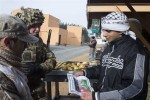
The words culture and strategy are full to overflowing with meaning, non meaning and contested ideas. I ask the reader to skirt this semantic swamp and accept culture as “the ideas, customs and social behaviour of a group” and strategy as “purposeful behaviour to realise an end.” Accepting these general definitions allows for a brisk consideration of the relevance the idea that “culture eats strategy for breakfast.” The specific phrase “Culture eats strategy for breakfast” has been variously attributed to …

History exists between twenty and sixty degrees north latitude. Intertwined within this parameter are five strategic challenges: the four potential state competitors of Russia, China, Iran, and North Korea, and the non-state challenge of violent extremist organizations filling power vacuums (commonly referred as the 4+1). Each of these nations leverages economic coercion, political influence, unconventional warfare, information operations, cyber operations, and military posture to advance their national …
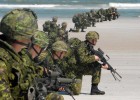
We are the guns, and your masters! Saw ye our flashes ? Heard ye the scream of our shells in the night, and the shuddering crashes ? Saw ye our work by the roadside, the shrouded things lying, Moaning to God that He made them — the maimed and the dying ? Husbands or sons, Fathers or lovers, we break them. We are the guns!’ [1] "The voice of the guns" by Gilbert Frankau Gilbert Frankau wrote the Voice of the Guns in 1916. His poem describes the physical and psychological dominance of artillery in the …

‘ Science runs ahead of military and political affairs evolving new conditions, which institutions must adapt to .’ According to an NRMA report a global new energy vehicle transition has begun . A confluence of battery innovations, autonomous driving technology and public awareness of clean energy imperatives has conspired to trigger a switch in sentiment away from fossil fuel cars. Targets are already being set in some countries for zero emission vehicle zones by 2040. Car manufacturers are …
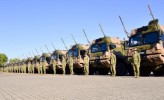
In 2007 the Australian Army Journal published an article titled Peak Oil and the Australian Army . The motivation for writing that article was the risk of Army being ‘functionally dislocated’ by the onset of peak oil with inappropriate doctrine, training and equipment. This post provides an update to the original article, focusing on the current global and Australian oil situation. It also discusses Army’s, and more broadly Defence’s, approach to a liquid fuel constrained future. The continued growth in …

In space, all is not what it seems. Like military deception tactics in maritime, land, air and cyber domains, the space warfighting domain may also be rife with deceit and disguise. So it is foreseeable that space-based deception measures will be a core component of military space operations, due to the unique open nature of space and the predictable physics of Earth’s orbits. There is nowhere to hide in Earth’s gravity well, so clever stratagems to mask space capabilities and mislead rivals will be …

No Sherman Tank could stand up to a Panther Tank, but the U.S. had advantages of supporting airpower, plentiful reserves, and an overwhelming superiority of numbers. During the Normandy Campaign in the Second World War, German Panther and Tiger tanks proved to be technically superior to Allied M4 Sherman Tanks. The heavily armoured German tanks outgunned their opponents with higher velocity tank guns, resulting in huge losses of Allied tanks. Consequently, Shermans became known as Purple Heart …
